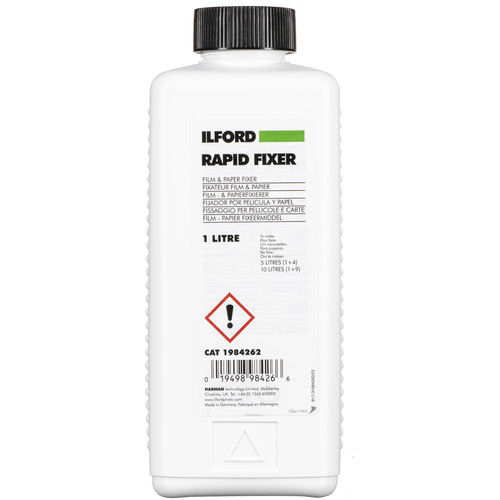
Anderson and their colleagues (Argonne National Laboratory) for their invaluable advice and suggestions in this area over the years. David Sammons (Uni versity of Arizona) and to Dr. I would like to acknowledge my appreciation for my extensive discussions with Dr. After toning, use fresh Berg Bath solution and wash thoroughly to achieve maximum. Dunbar Houston v Acknowledgments I wish to thank my students and staff for their patience and support throughout the preparation of this text. Whats new in PhotoFlow 0.2.8: New features: raw processing added fallback RAW decoding based on RawTherapee code.

The discussions are designed to instill in basic science and clinical investigators of all levels of expertise an appreciation of the power of combining a variety of techniques as well as to provide basic insight into the theories, complexities, and problems frequently encountered with electrophoretic and immunochemical meth ods. Nevertheless, it is hoped that sufficient information is given to help a new investigator or student appreciate the complexities but develop sufficient expertise to carry out these techniques successfully. Activities: After discussing the role of the photographer on.

" No attempt has been made in this text to provide exhaustive lists of references related to basic principles or techniques or to list every com pany or supplier involved in this area of research. Photoflo ogy to complete the process and.
PHOTOFLOW RINSE AFTER ILFORD RAPIDFIX MANUAL
It is easy and convenient to use in the range of 18☌ (66☏) for fixing black and white film and paper in all manual and machine processing applications. Note:Ilford Rapid Fixer must not be used with other fixing hardeners.This text is a summary of basic principles and techniques and is dedicated to all those students who have been told by their mentors, "Go forth and do two-dimensional gels and have the results on my desk tomorrow. Ilford Rapid Fixer is a non-hardening rapid fixer supplied as a liquid concentrate that should be diluted with water for use. Then I agitate (with the cover off) for 5 seconds every 30 seconds by picking up the tank and gently swirling the fixer around. It is suitable for all black and white film and paper. After agitating for 30 seconds I remove the cover and drop a cut off leader into the overfill pool at the top of the tank. Ilford Rapid Fix is a non-hardening rapid fixer supplied as a liquid concentrate that is diluted with water for use. It should be noted that Ilford recommends that gloves, eye protection, apron or overall be worn when handling and mixing all chemicals. What I do is mix Ilford rapid fixer 1:4 and slightly overfill the tank. Fiber based prints should be fixed for 1-2 minutes. As to Photo-flo, it's 60 - 70 water, 25-30 polypropylene glycol and 5 to 10 p - tert - octylphenoxy polyethoxyethyl alcohol, according to its MSDS and used in a record cleaning solution at an extreme dilution, so you have almost just trace amoungs of PG and the alcohol in the final record cleaning substance. This step is general preceded by a stop rinse and followed by a hypo wash to remove any trace of the fixer which might causing staining and degradation of the image.Īt a 1+4 dilution, RC papers should be fixed for 1-2 minutes.

The fixing process assures that the latent image remains on the film or paper. It is easy and convenient to use in the temperature range of 18 - 40 degrees Celsius (66 - 104 degrees Fahrenheit) for fixing black and white film. If you plan to use a hypo clearing agent after fixing you should give the film a minute rinse after fix, followed by 3 minutes in hypo clear and finally a 10 minutes water rinse as above. Ilford Rapid Fixer is a non-hardening rapid fixer supplied as a liquid concentrate that is diluted with water for use.

Ilford Rapid Fixer is a non-hardening rapid fixer supplied as a liquid concentrate that should be diluted with water for use. Yes, after using rapid fix you need to do an 18 minute wash in running water at about the same temperature you developed the film in. This is an overview of the Ilford Rinse method, a way of rinsing your films that uses significantly less water than hose/running water methods.


 0 kommentar(er)
0 kommentar(er)
